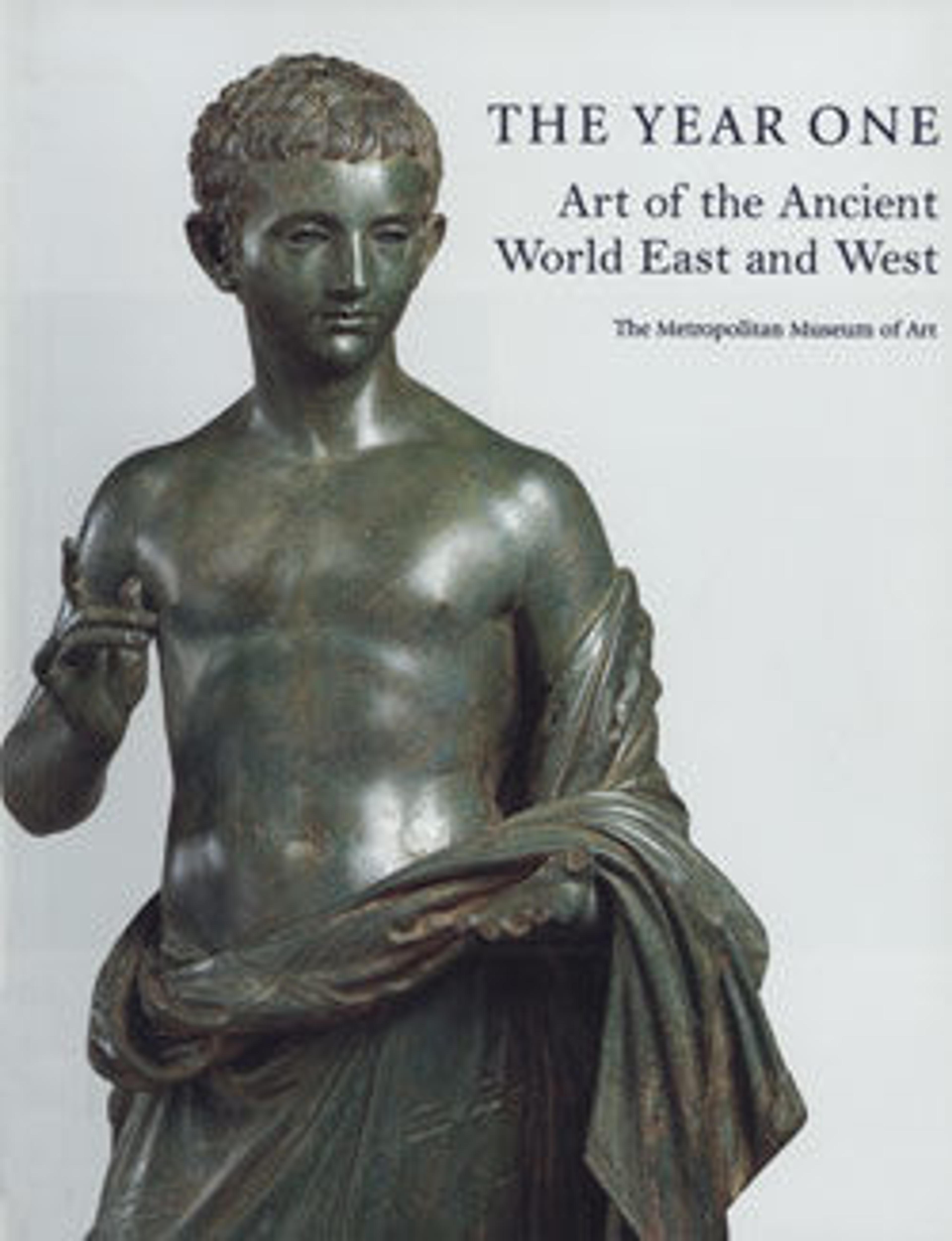Marble pilaster capital
The capital was once set against a wall, crowning a rectangular semi-detached pilaster. In Roman architecture three major orders of capitals were used—Doric, Ionic, and Corinthian. This pilaster capital is a fine example of the most elaborate, the Corinthian order. Three acanthus leaves rise from the base and two flowers on delicately carved stems curl upward between them. A classical molding with stylized lotus flowers over a band of bead and reel separates the lower part of the capital from the two volutes around which a leafy vine entwines. At the top, a single flower decorates the center of the straight abacus.
Artwork Details
- Title:Marble pilaster capital
- Period:Early Imperial, Julio-Claudian
- Date:1st half of 1st century CE
- Culture:Roman
- Medium:Marble
- Dimensions:Overall: 21 x 28in. (53.3 x 71.1cm)
- Classification:Stone Sculpture
- Credit Line:Fletcher Fund, 1926
- Object Number:26.60.84
- Curatorial Department: Greek and Roman Art
More Artwork
Research Resources
The Met provides unparalleled resources for research and welcomes an international community of students and scholars. The Met's Open Access API is where creators and researchers can connect to the The Met collection. Open Access data and public domain images are available for unrestricted commercial and noncommercial use without permission or fee.
To request images under copyright and other restrictions, please use this Image Request form.
Feedback
We continue to research and examine historical and cultural context for objects in The Met collection. If you have comments or questions about this object record, please contact us using the form below. The Museum looks forward to receiving your comments.
